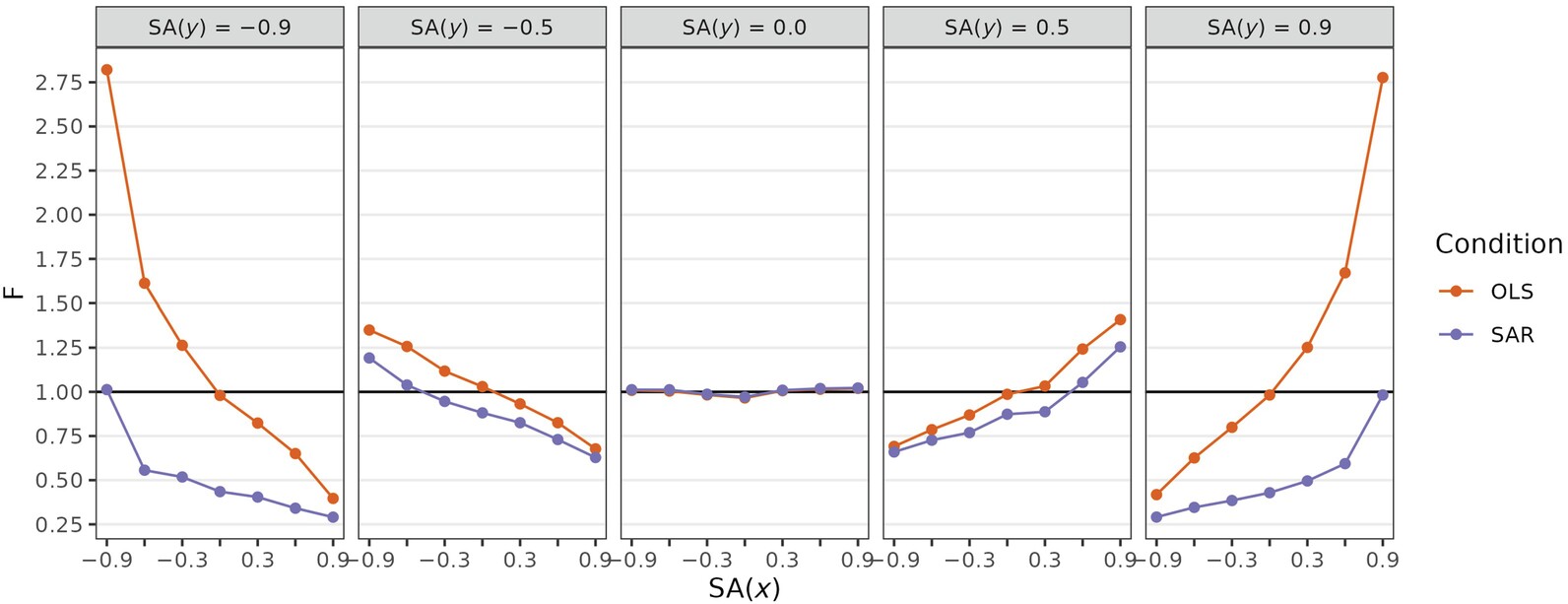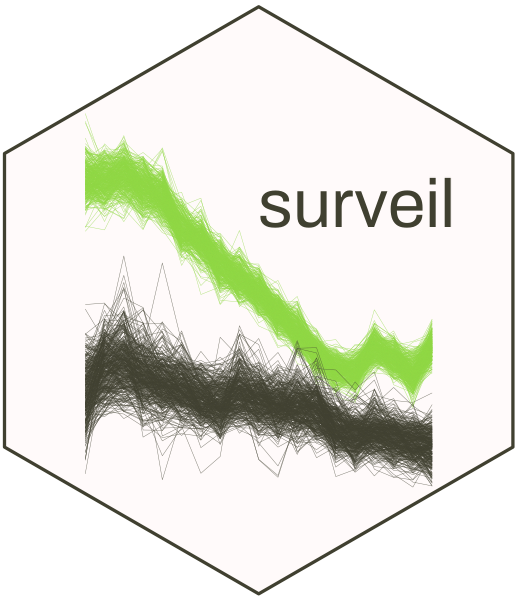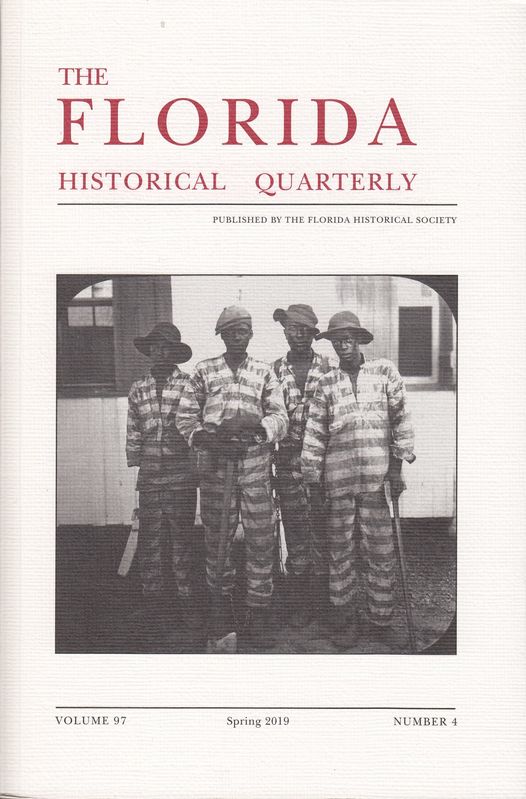Writing
For a complete list of academic publications, see my CV.
Plausible Reasoning and Spatial-Statistical Theory: A Critique of Recent Writings on ‘Spatial Confounding’
Geographical Analysis (2024)
This paper provides a review of some important historical topics in spatial-statistical theory, synthesizes and tests key concepts, and places the ideas into conversation with recent some writings on the topic. This is the first of two case studies from my dissertation on plausible reasoning.

Modeling time trends for disease surveillance studies
JMIR Public Health & Surveillance (2022); Comprehensive R Archive Network (CRAN)
Modeling time trends in disease incidence and mortality rates is a crucial and routine task for public health research. This paper introduces my ‘surveil’ R package for public health research, explains some of the advantages it has over the commonly-used join-point software, and applies it to a short study of colorectal cancer incidence and inequalities in urban Texas.

The Making of Florida’s ‘Criminal Class’: Race, Modernity, and the Convict Leasing Program, 1877-1919
Florida Historical Quarterly (2019)
Under the State of Florida’s convict leasing program (1877-1919) approximately 14,000 Floridians and visitors served sentences of hard labor at the pain of the lash. This article, which began as a master’s thesis at UBC, draws on over four decades of reports on the prison system by its administrators in the Florida Department of Agriculture, geographic sentencing data, data on prisoner characteristics, minutes from the Board of Pardons, and additional materials held in the Convict Lease Subject Files in the Florida State Archives. The study engages with a number of questions revolving around the inter-connected themes of forced labor, industrial interests, violence, disability, and racial ideology.
